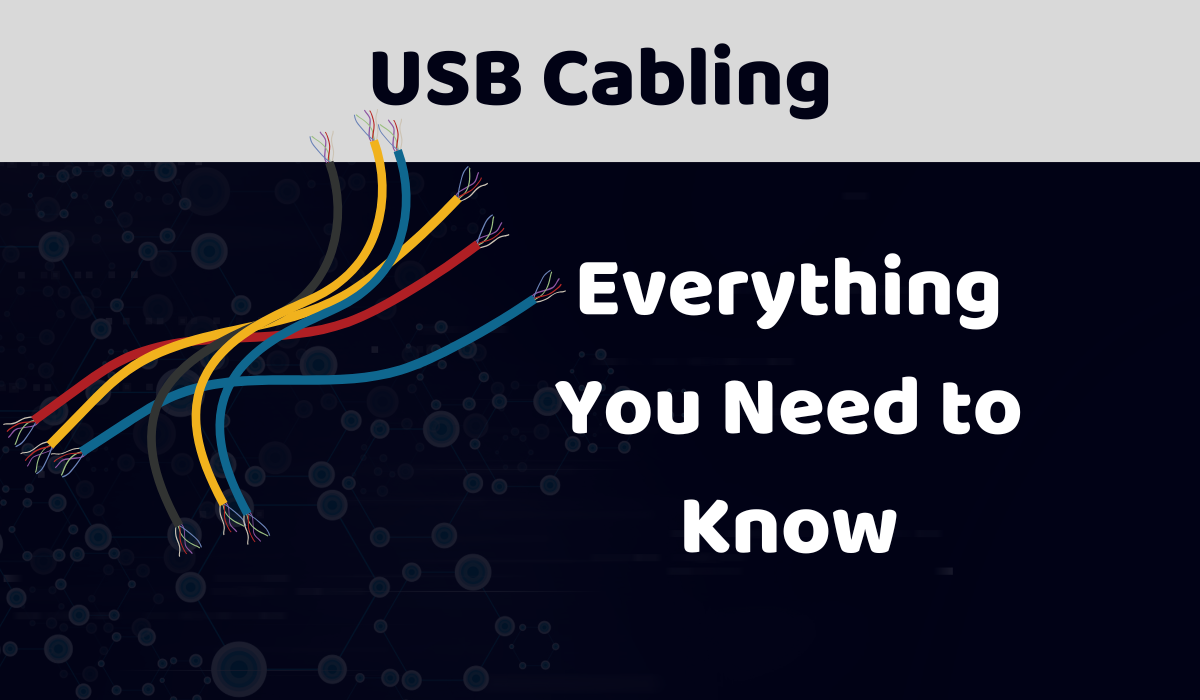Ever wondered how USB cabling works? Let’s dive into the essentials of USB cabling and bridge cables in a clear, simple way.
Understanding USB Cabling
USB 1.1 Cabling
- Maximum Length:
- 5 meters (16 feet 5 inches) for full-speed devices (12 Mbit/s).
- 3 meters (9 feet 10 inches) for low-speed devices (1.5 Mbit/s).
- Usage: Typically found in older devices like early computer peripherals.
USB 2.0 Cabling
- Maximum Length: 5 meters (16 feet 5 inches) for high-speed devices (480 Mbit/s).
- Usage: Common in most devices such as cameras, printers, and more, providing a good balance of speed and reliability.
USB 3.0 Cabling
- Maximum Length: Though not specifically limited by the standard, practically up to 3 meters (9 feet 10 inches) for optimal performance.
- Usage: Ideal for modern devices requiring fast data transfer, such as external hard drives and high-resolution webcams.
USB Bridge Cables
What Are They? USB bridge cables, also known as data transfer cables, enable direct PC-to-PC connections, allowing for easy file transfers.
How Do They Work?
- Internal Chip: A special chip in the middle of the cable allows communication between the connected computers.
- Types: These are available in USB 2.0 and USB 3.0 versions, with USB 3.0 being faster but limited by design.
Usage
- Commonly used for transferring files between computers, especially when upgrading systems or backing up data.
Dual-role USB Connections
What Is It? Modern USB cabling, especially with USB 3.1 and USB-C, supports dual-role capabilities, which means they can connect systems directly.
Role-Switching
- It requires both devices to have dual-role capabilities and controllers to switch roles between being a host and a device.
- Mostly found in mobile platforms like tablets and smartphones, but less common in traditional desktops and laptops.
| Also Read |
| USB Cable Color Code Brief Guide |
Conclusion
USB cabling has evolved significantly, providing different types and capabilities to suit various needs. Understanding USB cabling is essential for efficient device usage, Whether for simple connections, high-speed transfers, or direct system communication.
